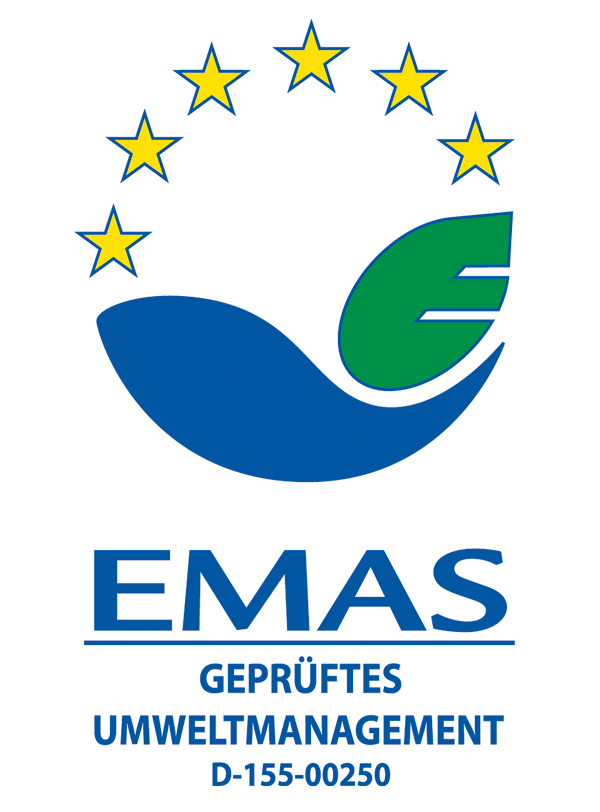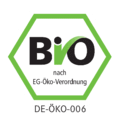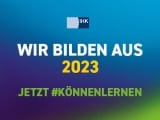Declaration on accessibility
We (Katholische Akademie in Bayern (Kirchliche Stiftung des öffentlichen Rechts)) as the website operator endeavour to design the website in accordance with the relevant accessibility regulations. The following legal provisions apply to us:
Bavarian Act on Equality, Integration and Participation of People with Disabilities (Bayerisches Behindertengleichstellungsgesetz - BayBGG) and Bavarian Barrier-free Information Technology Ordinance (BayBITV)
Website
This accessibility statement applies to the website https://www.kath-akademie-bayern.de.
Feedback and contact details
Have you noticed any deficiencies in the barrier-free access to content on our website or do you have any comments or questions about barrier-free access? Report
are welcome to contact us at:
Mandlstrasse 23
80802 Munich
Authorised representative
Director PD Dr Achim Budde
Phone 0 89 / 38 10 2-0
Fax 0 89/ 38 10 21 03
E-mail
info@kath-akademie-bayern.de
https://www.kath-akademie-bayern.de/kontakt
Status of compatibility with the requirements
This website is not fully compliant with the accessibility regulations that apply to us. In detail:
Incompatibility with accessibility legislation
The following
The contents listed are not in compliance with the relevant legal regulations on accessibility.
compatible:
Easy language and sign language
The observance of easy language should be continuously checked and optimised. In principle, the contents are written in an understandable way. Sign language is not offered.
Keyboard focus and operability
Keyboard focus on individual elements of the page is basically given. In principle, the website can be operated via the keyboard. The language change is conditionally accessible, as the function is set up via an external plug-in.
Alternative texts for images and for graphics
A graphic that has no informative function does not need an alternative text. Graphics without an informative function are, for example, spacers, coloured areas, patterns or purely decorative photos. Such graphics should be marked with an empty alt attribute (alt=""). These are not set throughout.
High-contrast colours and typographic uniqueness
Text passages highlighted in colour increase attention for non-impaired people and indicate that it is a link or similar function. For blind or colour-impaired users, however, this is not self-evident and cannot be easily grasped. For information (text and icons) that is conveyed via colour, the contrast values are sufficiently high. Brightness contrasts meet the specific standards.
Links and PDF documents
It is important to encourage visitors to grasp the content on the website and to provide orientation. Links to external websites or PDFs that open in a new tab can be a problem. Opening new windows or loading a page can affect the user's orientation. This is especially true for blind and visually impaired people. They may not notice that the context has changed. On the following pages, links do not open in a new window, but the person is directed directly to the external website, so that it is not possible to understand how one landed there or got back to the website. This affects few links.
Links and file formats provided on the website should be aptly named and with an indication of differing file formats, and should also be accessible to open and enter. The contents of the PDFs are not fully accessible.
Disproportionate burden
The following content is not made available barrier-free because this would lead to a disproportionate burden for us:
If the expenses are too high, correspondingly
balances take place (see Article 5 "Disproportionate burden" of the
Directive (EU) 2016/2102).
The following areas are implemented on the website, which involve special technical configurations and the conversion to barrier-free use would require considerable effort. This includes all functions that have been integrated into the website by third-party providers. For example, a map via Google Maps from the provider Google Ireland Limited Gordon House as well as booking options including a calendar function for guest rooms and conferences are implemented.
Disproportionate would be the current costs and efforts in relation to the current anticipated benefits and needs for people with, as well as without, limitations. The financial and situational arguments outweigh the own development of the functions mentioned so far.
Accessible alternatives
For our non-accessible content, we provide the following
accessible alternatives are available:
For our non-accessible content we provide
The following barrier-free alternatives are available:
- Enlargement: Texts and contents can be enlarged to more than 200%,
to improve readability without losing functionality. - The read aloud function can be used due to correct syntax.
- Keyboard shortcuts help you find your way around the website.
- Alternative access to information is provided via the navigation on the desktop as well as the
mobile version of the website. The navigation elements are consistent and support the
understanding where one is and what connections have been opened up.
become.
Evaluation method
The content was created with the help of the "Google Lighthouse" tool.
evaluated in terms of contrast values and programming backgrounds. The result of 81% indicates good accessibility. The other criteria were checked using the recognised BITV test (https://webtest.bitvtest.de). Page elements were tested for their function in order to determine the current state of accessibility.
Enforcement proceedings
If you are of the opinion that you are disadvantaged by an insufficiently barrier-free design of our website, you can contact the responsible
Enforcement Panel. You can reach them at:
State Office for Digitalisation, Broadband and
Surveying IT Service Centre of the Free State of Bavaria Enforcement and
Monitoring Body for Accessible Information Technology
St.-Martin-Strasse 47
81541 Munich
E-mail:
bitv@bayern.de
Preparation of this Accessibility Statement
This declaration was issued on 26.09.2023.
The declaration was last reviewed on 26.09.2023.





